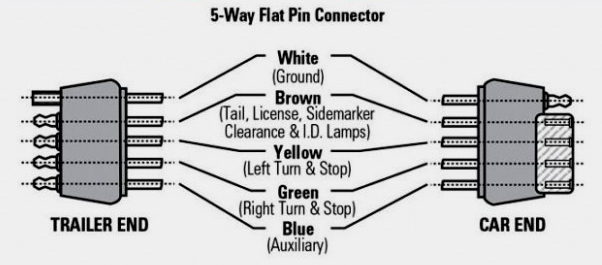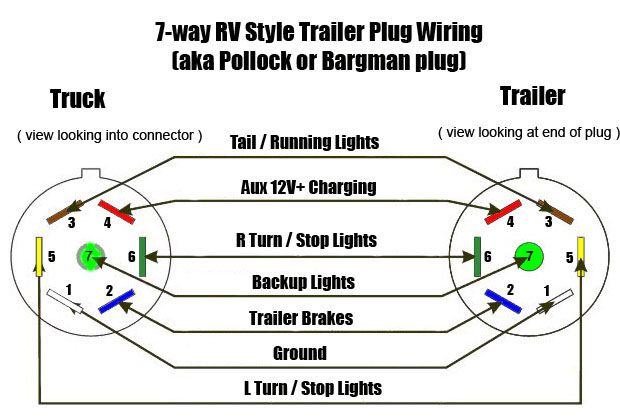Before we get started a word of advice,
Testing a connection with a multi-meter can give you a 12v signal which will show as good on your multi-meter but will not light up the signal or marker light because the wiring is actually broken.
For that reason when I run down wiring issues on a 12 volt system I leave my multi-meter in my tool box and pull out an old fashioned Test light
So back to basics, to light a bulb you have to have power going to the bulb and that bulb has to be grounded. Start at the light, unplug it and look at the pigtail a rotting pigtail is a common issue and will cause a failure.
power = positive = 12v negative = ground
Understanding trailer wiring isn’t all that difficult, so long as you follow the rules. Depending on which type of trailer and which type of plug you have the process of wiring and diagnosing the wiring can look different but once you get down to actual testing its just following the power to its destination. Take note of the colors and that the color for specific wires stays the same from a 4 pin plug up to a 7 pin plug.
Identify what you have. the three most common are A) 4 or 5 pin flat plug, most light cars and trucks B) 7 wire rv plug, heavier pick up trucks, 5th wheel set ups C) 7 wire pin plug, heavy truck and tractor trailer set up.


So now that you’ve identified the plug start testing for power. Vehicle first, lets make sure we have power. Turn your lights on in the vehicle. Using the plug wire identification pictures shown, attach the clamp end of the test light to the ground of the plug. On the flat 4 and 5 pin connectors the nipple exposed is the ground or negative. Using the probe end of the light tester touch each of the inset sockets and check for power. The test light will light up when 12 volts detected. test for power at each socket, don’t forget to turn on left then right signal lights and test each of those as well.
If you are testing a 7 wire rv style plug on the back of a pickup you’ll need to find a way to get your ground clamp attached to the ground pin in the plug. I typically take a small pick or nail and attach the test light clamp to it making it a second probe, be careful as you may short out the pins inside and pop the fuses.
note..the ground or negative from any plug should also be attached to the body or metal of the vehicle so attaching the test light clamp to the metal surface of the vehicles body should be ok for testing but can also lead you to believe you have power at the plug when you don’t. be sure, test at the plug for both power and ground.
If you are sure the plug at the rear of your vehicle is powered then you can move on to the trailer and diagnose the issue from there.

